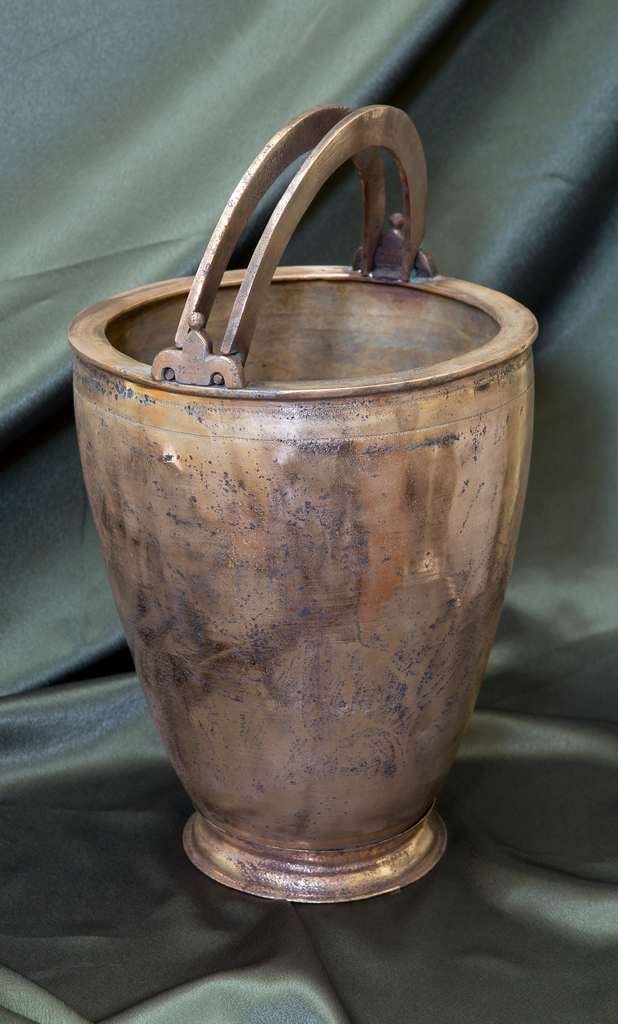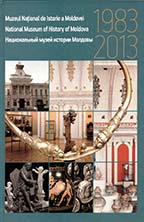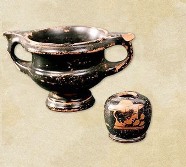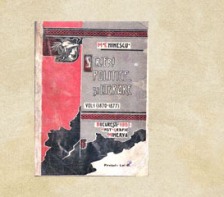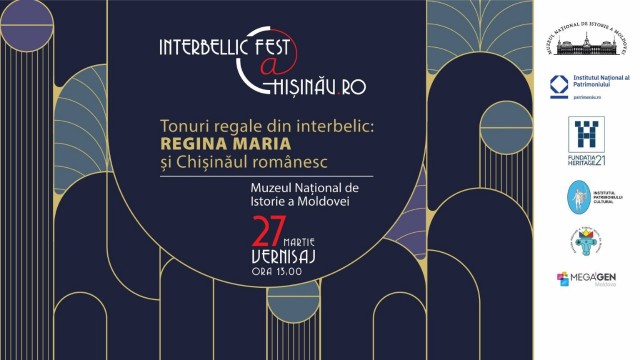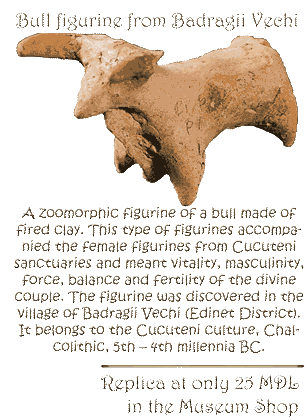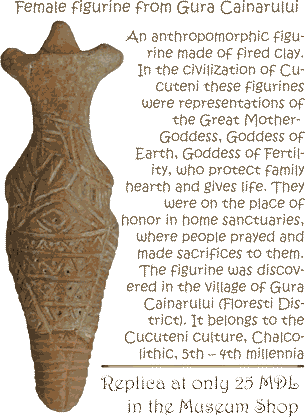Founded in 1983, the National Museum of History of Moldova has become over the years a cultural and scientific institution with recognized identity, an important segment of the national memory. Ever since its creation, the museum has permanently pleaded for protection, scientific and public use of historical-cultural heritage; it became scene of specialist scientific debate, lead and created rules in Moldovan museography, proposed and promoted law projects in this field, various legal acts, promoted continuously a cultural and scientific dialogue, always campaigned for exhibition accessible to a large public.
Nowadays, the museum holds an important place in the hierarchy of Moldovan museum system given the contribution to the development of Moldovan museology gradually evolving into an institution with individuality and given its attitude towards the public which is supporting the museum and perceiving it as part of daily culture.
At the end of 2013, the National Museum of History marked the 30
th anniversary from its foundation. The anniversary was marked by the publication of the Album
National Museum of History of Moldova 1983-2013. The work was inspired by the respect for the museum and its audience, by the knowledge of national values and the need to present and promote the museum institution. Also, the album is a tribute to all those who through their concerns have contributed to the creation and development of the National Museum of History. The album is an intellectual achievement worthy for the documental history presented.
Printed with hardcover, the content of the volume illustrates key moments and events relating to the organization and development of the museum over 30 years. The album is structured in several sections:
Foreword, Short history, Heritage, Exhibitions, Scientific activities, Cultural-educational events, Personnel. Regarded as a whole, the album represents a valuable contribution to the development of Moldovan museology. The volume contains around 170 images reflecting museum's various activities, development of the institution during its 30 years of existence and shows the most significant museum exhibits displayed in the permanent exhibition, in temporary exhibitions and preserved in museum collections. The pictures are of good graphic quality. The images were used by authors to present the museum's past and present.
The reader enters the museum world with the
Forward signed by dr.hab. Eugen Sava, general director of the museum, which presents shortly the foundation, evolution and significance of this museum institution. Each compartment is distinguished by a unique design developed by Ivan Litsiuk. The album was prepared by dr. hab. Eugen Sava, Aurelia Cornețchi, dr. Elena Postică, dr.hab. Elena Ploșnița.
The album is a new contribution to a deeper knowledge of Moldovan museological past, an intellectual achievement worthy of note by documentary value and usefulness of the approach in general.
Published in 2013 at the publishing house
Bons offices from Chișinău, the album is intended for all those interested and passionate by museum and heritage, wherefore all texts are given in three languages: Romanian, English and Russian. .
Elena Ploșnița




